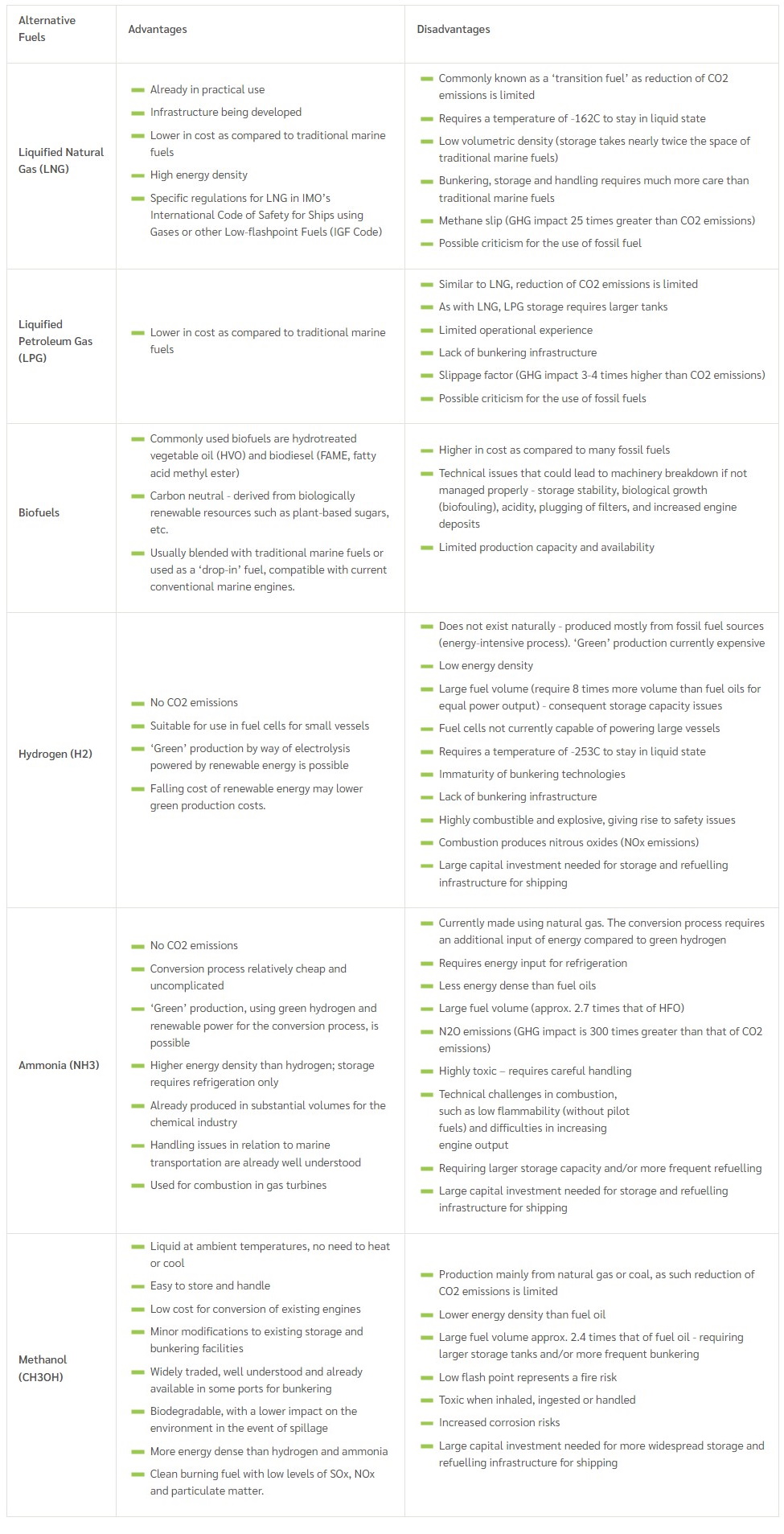Understanding Loan Entrance Counseling and FAFSA: A Comprehensive Guide for Students
#### Loan Entrance CounselingLoan entrance counseling is a crucial step for students who are planning to take out federal student loans. This process is des……
#### Loan Entrance Counseling
Loan entrance counseling is a crucial step for students who are planning to take out federal student loans. This process is designed to provide borrowers with essential information about their loan responsibilities, the importance of borrowing only what they need, and how to manage their finances during and after college. The counseling session typically covers topics such as interest rates, repayment options, and the consequences of defaulting on a loan. By participating in loan entrance counseling, students can make informed decisions about their financial future and understand the implications of their borrowing choices.
#### FAFSA

The Free Application for Federal Student Aid (FAFSA) is the gateway for students seeking financial assistance for their education. Completing the FAFSA is essential for accessing federal grants, loans, and work-study opportunities. The application collects financial information from students and their families to determine their eligibility for various types of aid. It is important for students to fill out the FAFSA as early as possible, as many financial aid programs have limited funding and operate on a first-come, first-served basis. Understanding the FAFSA process can significantly impact a student’s ability to afford college.
### Detailed Description
Navigating the complexities of student loans and financial aid can be overwhelming for many students. The combination of **loan entrance counseling** and **FAFSA** plays a vital role in ensuring that students are well-prepared to handle their educational expenses.

First, let’s dive deeper into **loan entrance counseling**. This counseling is mandated by the federal government for all first-time borrowers of federal student loans. During this session, students learn about various types of loans available, including subsidized and unsubsidized loans, and the differences between federal and private loans. They are educated on how interest accrues on their loans and the importance of keeping track of their borrowing limits. Additionally, students are informed about the grace periods and repayment plans available to them after graduation. This knowledge is essential for avoiding pitfalls such as excessive debt and missed payments, which can lead to long-term financial distress.
On the other hand, the **FAFSA** is not just a form; it is a critical tool that opens the door to financial aid. Completing the FAFSA allows students to apply for federal grants, which do not need to be repaid, as well as federal work-study programs that help students earn money while studying. Many states and colleges also use FAFSA data to determine eligibility for their financial aid programs, making it even more important for students to complete the application accurately and on time. The FAFSA requires detailed financial information, including income, assets, and family size, which can be daunting for some. However, there are numerous resources available, including online guides and financial aid offices, to help students through this process.
In conclusion, understanding **loan entrance counseling** and **FAFSA** is essential for any student looking to finance their education. These two components work hand in hand to ensure that students are not only aware of their borrowing options but also equipped with the knowledge to manage their loans responsibly. By taking the time to engage in loan entrance counseling and completing the FAFSA, students can set themselves up for a successful financial future, minimizing the stress associated with student debt and paving the way for a brighter tomorrow.
